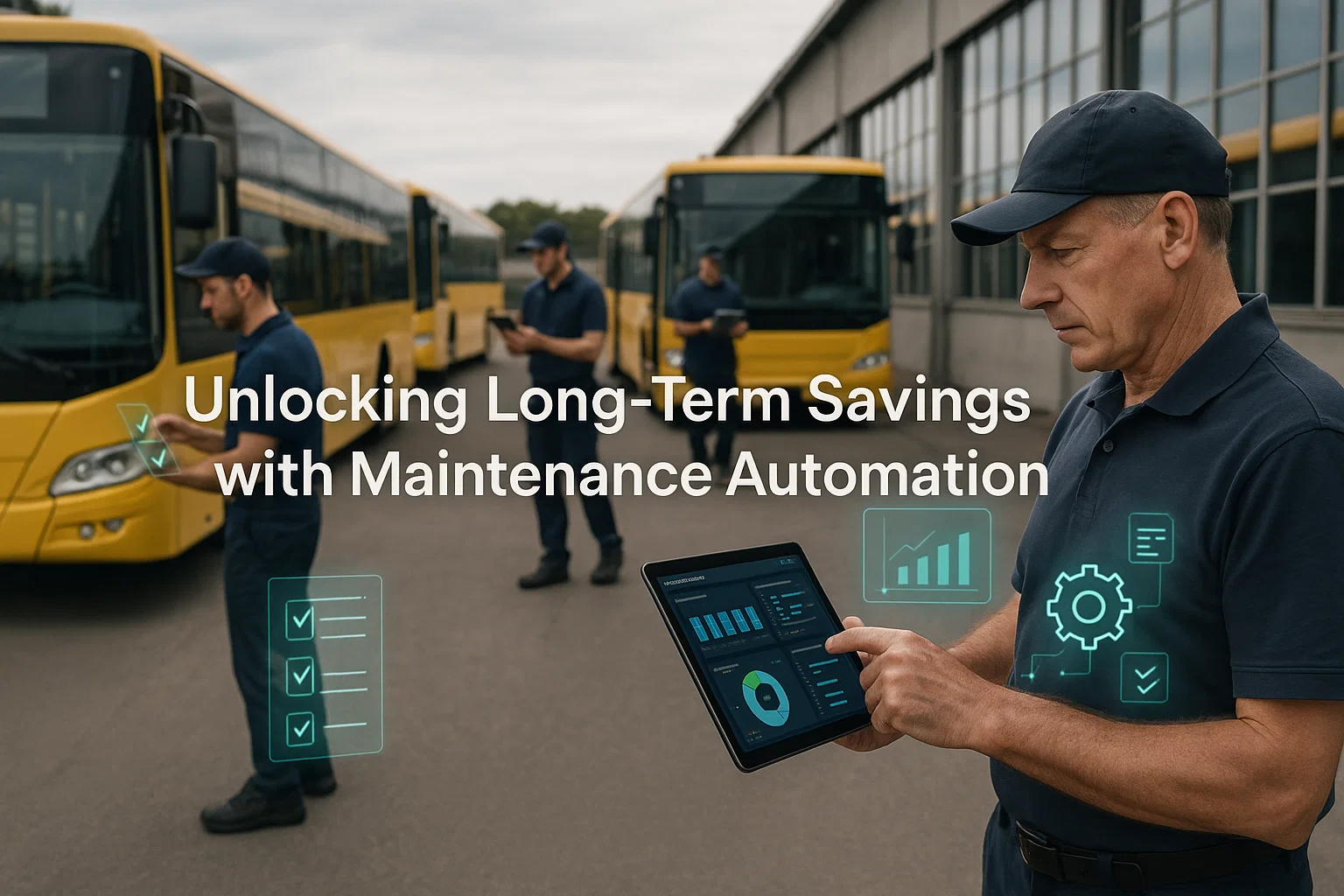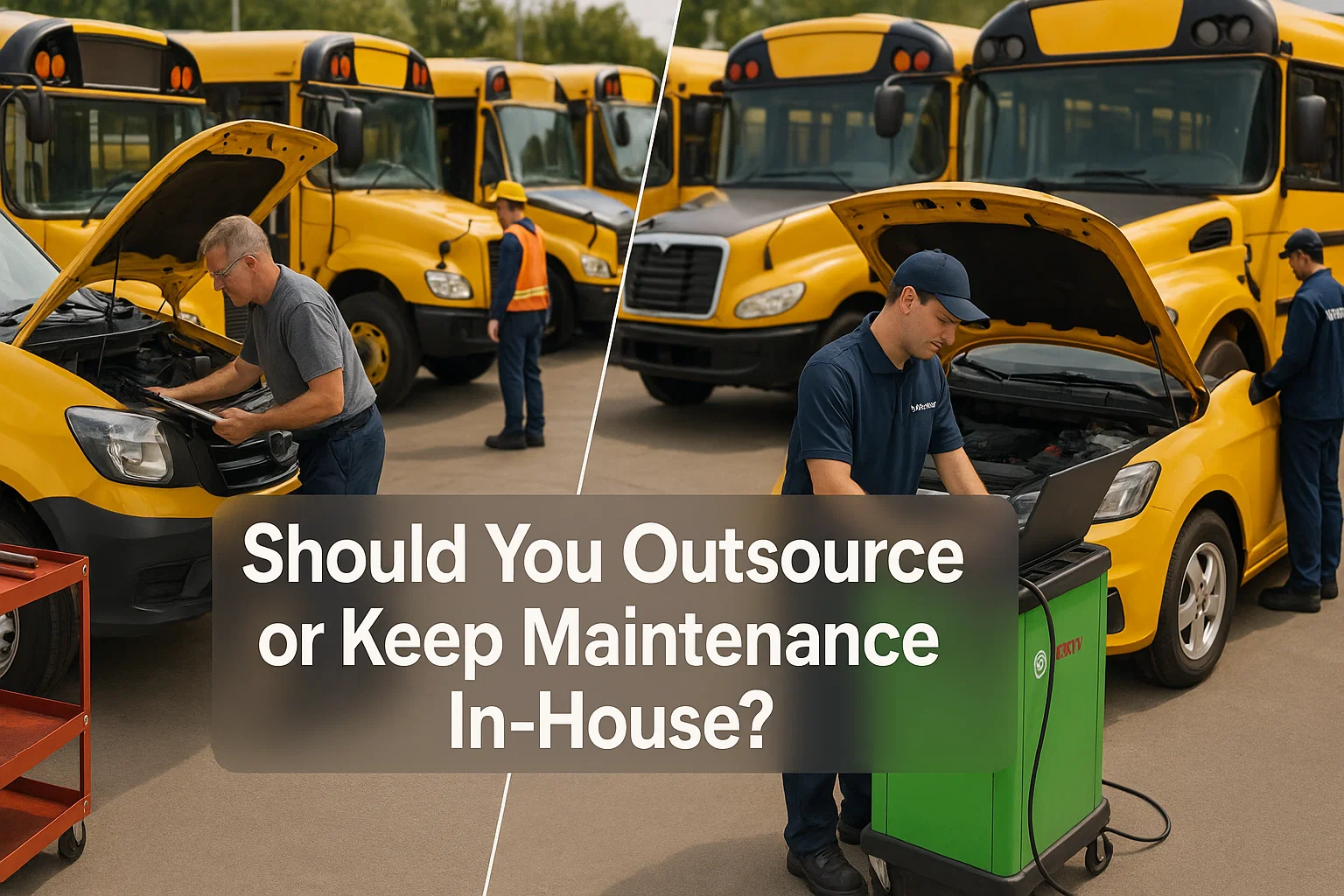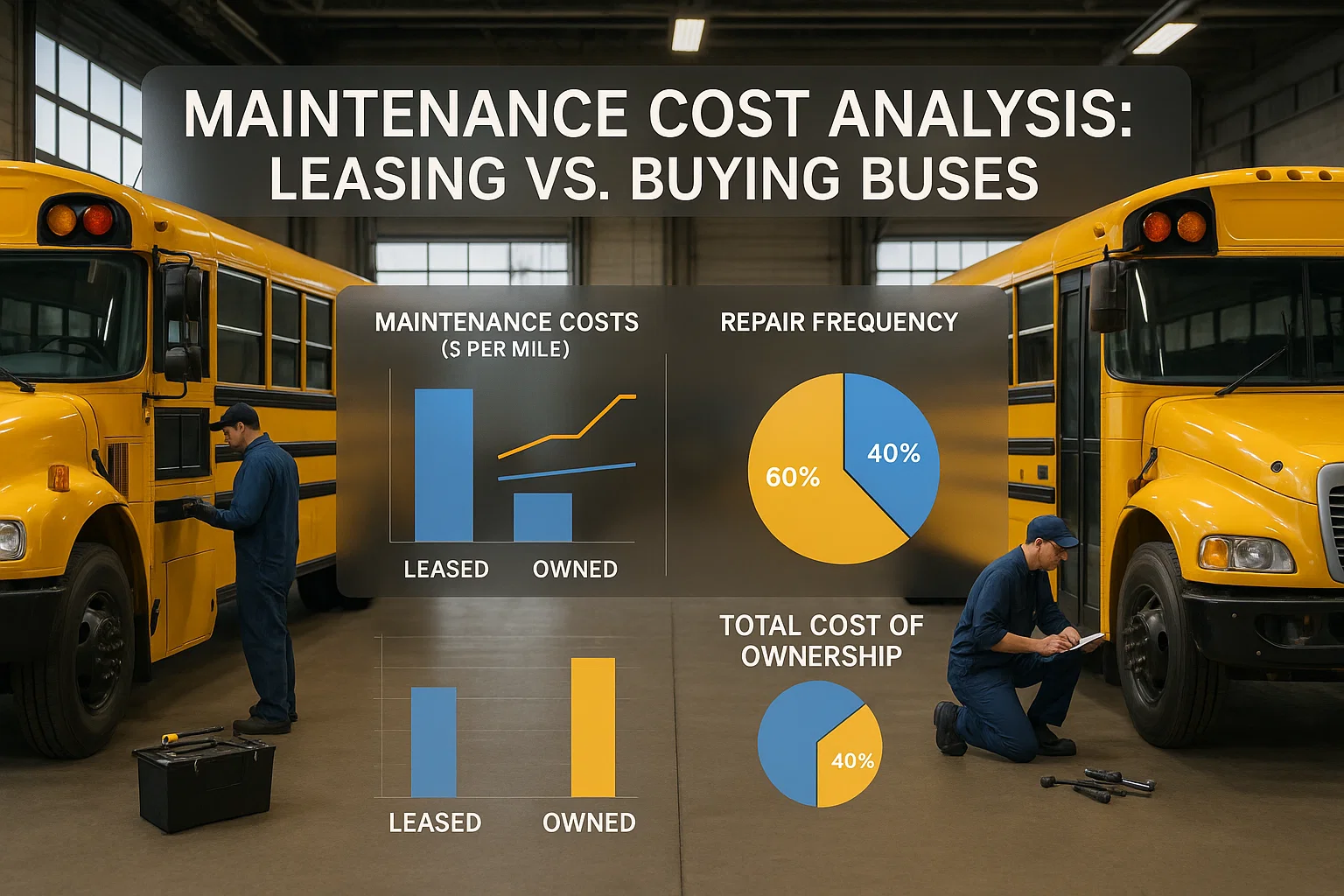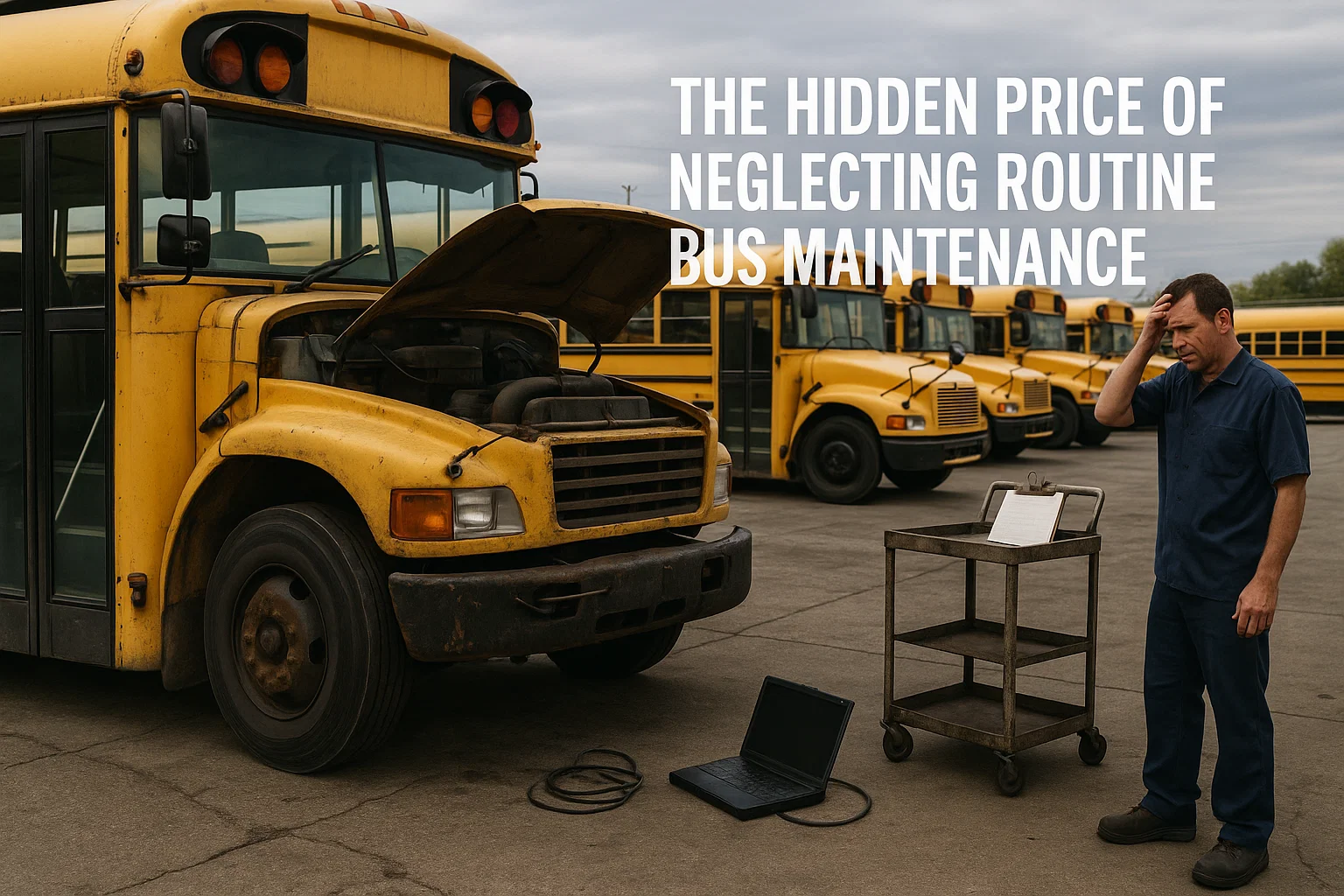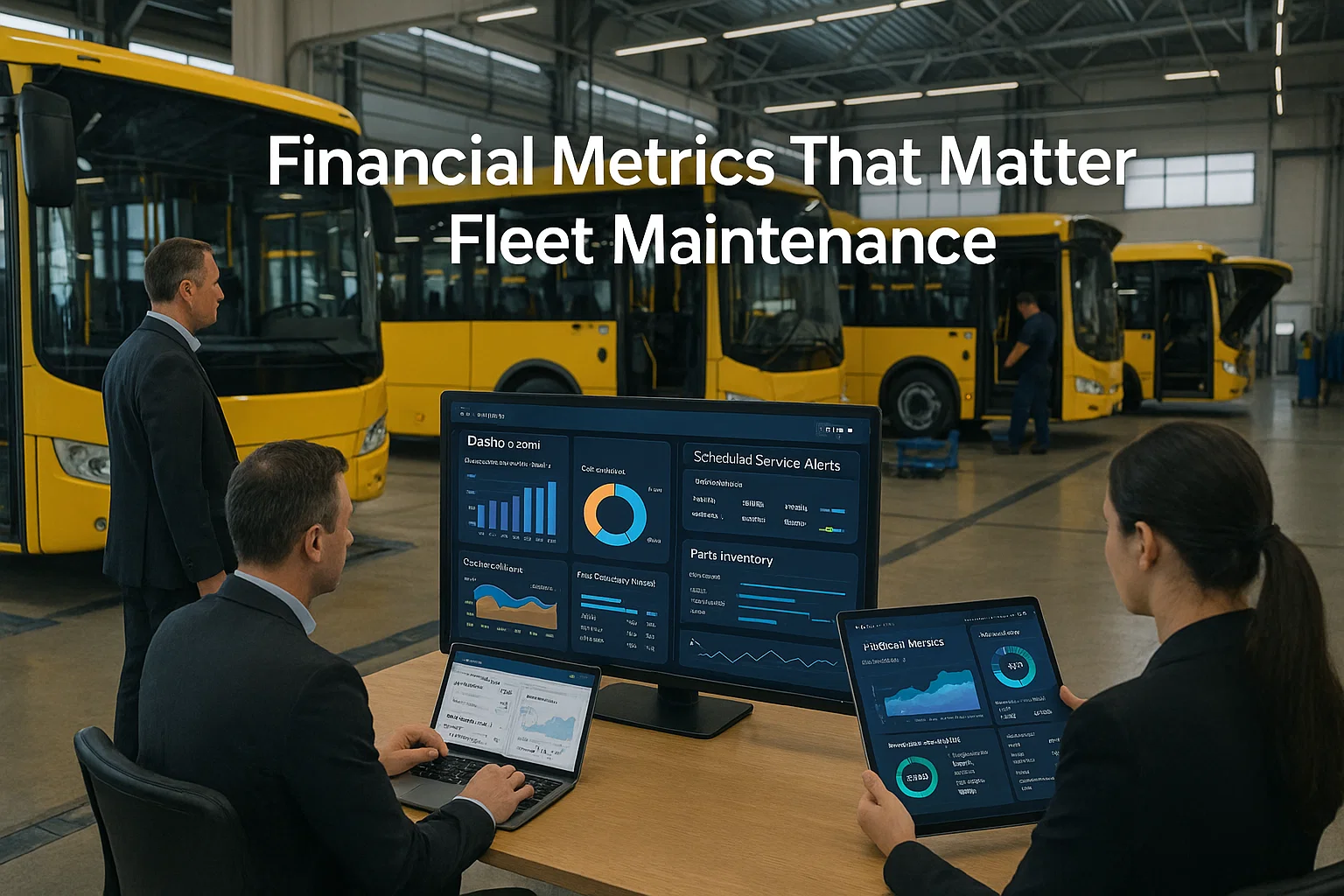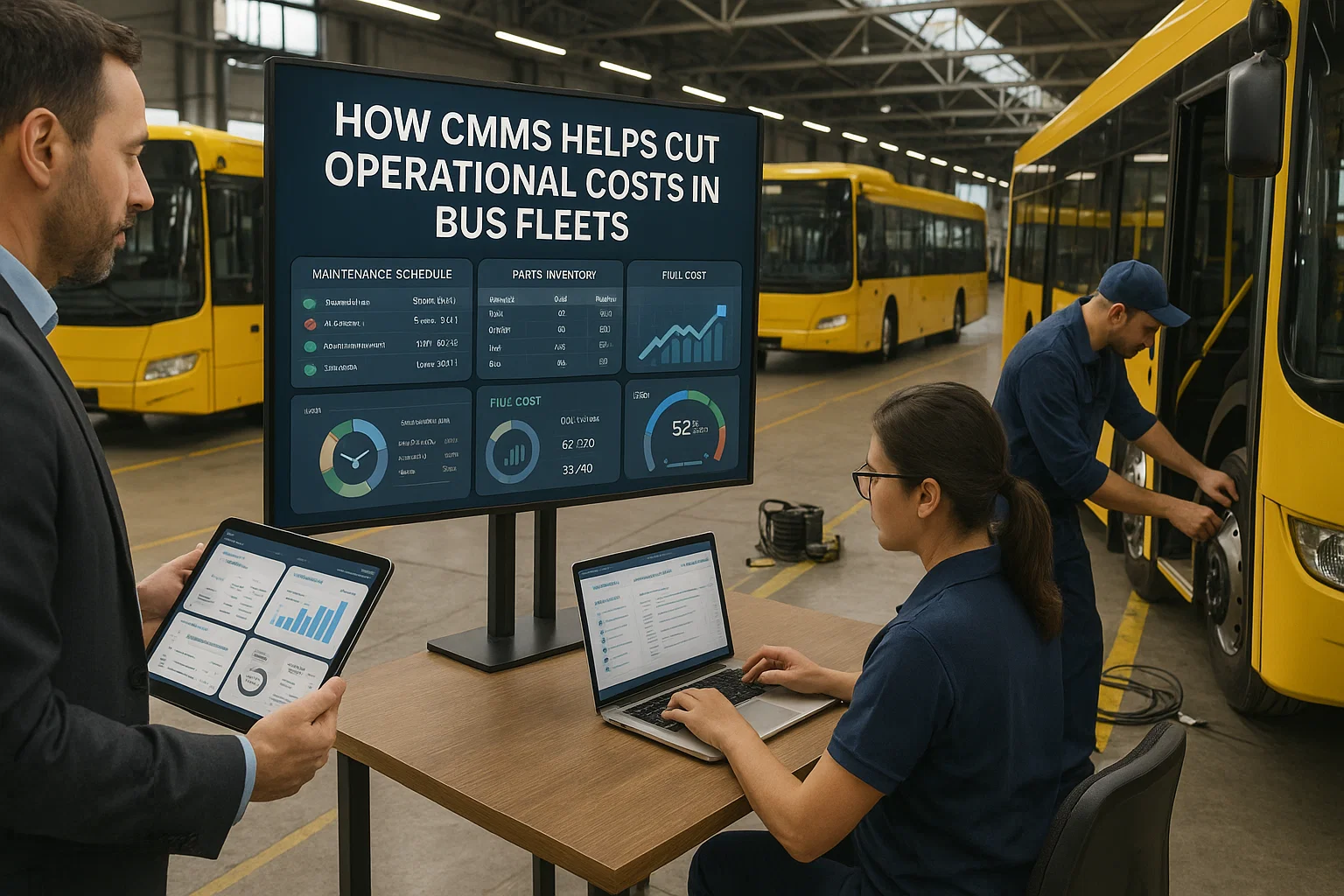Maintenance automation represents the most transformative opportunity for fleet operators to achieve sustainable cost reductions while improving operational excellence. Intelligent automation platforms deliver compound savings that grow exponentially over time, transforming maintenance from a reactive cost center into a proactive value generator. Organizations implementing comprehensive automation report cumulative savings exceeding $2-5 million over five years, with benefits accelerating as systems mature and optimize.
The true power of maintenance automation lies not in immediate cost cuts but in the cascading efficiencies that build year after year. Advanced fleet automation systems eliminate manual processes, prevent costly failures, optimize resource utilization, and continuously improve through machine learning—creating a virtuous cycle where each efficiency gain enables further optimization. These compounding benefits transform fleet economics, with automated operations achieving 40-50% lower total maintenance costs than manual processes after full implementation.
Forward-thinking organizations leveraging maintenance automation technology position themselves for long-term competitive advantage in an industry facing driver shortages, rising costs, and increasing complexity. The automation journey requires initial investment and cultural change, but delivers returns that compound annually—organizations report year-over-year savings growth of 15-20% as automated systems learn, adapt, and optimize maintenance operations with increasing sophistication.
Start Your Automation Journey Today
Discover how maintenance automation delivers compounding savings year after year.
Getting StartedBook a Demo
The Compound Effect of Automated Maintenance
Maintenance automation creates a compound effect where initial efficiencies enable further improvements, generating accelerating returns over time. Automated maintenance platforms continuously learn from operations, becoming more effective with each maintenance cycle and delivering ever-increasing value through predictive accuracy and operational optimization.
Year-Over-Year Savings Growth
First-year automation typically reduces maintenance costs by 15-20% through basic efficiency gains like automated scheduling and digital work orders. By year two, predictive analytics kick in, adding another 10-15% savings through failure prevention. Year three sees advanced optimization delivering additional 10% reductions through refined processes. Long-term tracking systems document cumulative savings reaching 45-55% by year five as all automation elements work synergistically.
The compound nature of these savings transforms fleet economics—a fleet spending $1 million annually on maintenance saves $150,000 in year one, but cumulative five-year savings exceed $2 million as efficiencies build. ROI calculation tools demonstrate that automation investments typically pay back within 12-18 months, with all subsequent savings flowing directly to bottom-line results.
Learning System Benefits
Machine learning algorithms within automated systems continuously improve maintenance predictions and optimization strategies. Each completed maintenance cycle provides data that refines future decisions, creating a self-improving system that becomes increasingly valuable over time. Artificial intelligence platforms achieve 90%+ accuracy in failure prediction after 24 months of operation, virtually eliminating unexpected breakdowns.
Eliminating Hidden Waste Through Automation
Automated Waste Detection
- Unnecessary Maintenance: Identifies and eliminates redundant or premature service activities saving 20-30%
- Inventory Optimization: Reduces parts waste by 35-40% through precise demand forecasting
- Labor Inefficiency: Eliminates 50-60% of non-productive time through automated workflows
- Energy Waste: Optimizes facility operations reducing utility costs by 15-25%
- Administrative Redundancy: Removes 70-80% of manual data entry and reporting tasks
Automation reveals and eliminates hidden waste that manual processes never detect, generating savings that compound over time. Waste elimination platforms use pattern recognition to identify inefficiencies invisible to human observation, continuously removing cost from operations while improving service quality.
Process Optimization Evolution
Automated systems evolve maintenance processes through continuous refinement based on outcome data. Initial automation captures current processes digitally, but within months, the system identifies optimization opportunities that reduce cycle times by 30-40%. Process mining tools discover bottlenecks, redundancies, and inefficiencies that have existed for years, transforming maintenance delivery through data-driven redesign.
Predictive Maintenance ROI Acceleration
Predictive maintenance represents automation's highest-value contribution, preventing failures that would otherwise cascade into massive costs. Predictive analytics engines analyze thousands of data points to forecast failures weeks or months in advance, enabling preventive interventions that cost fractions of emergency repairs.
Failure Prevention Economics
Component Life Extension
Optimal maintenance timing extends component life by 30-50% reducing replacement costs
Cascading Damage Prevention
Early intervention prevents minor issues from destroying related systems
Downtime Elimination
Predictive maintenance reduces unplanned downtime by 75-90%
The financial impact of predictive maintenance compounds dramatically over time. Year one might prevent 10 major failures saving $200,000, but by year five, the system prevents 50+ failures annually, saving over $1 million. Failure tracking systems document how prevented failures would have cascaded into increasingly expensive consequences without intervention.
Precision Maintenance Timing
Automation optimizes maintenance timing to maximize component life while preventing failures, achieving the perfect balance between over-maintenance and under-maintenance. Optimization algorithms consider usage patterns, environmental conditions, and component history to determine ideal service intervals that reduce maintenance frequency by 20-30% while improving reliability by 40-50%.
Workforce Productivity Multiplication
Automation multiplies technician productivity by eliminating administrative tasks and optimizing work allocation. Workforce automation tools enable technicians to focus on value-added maintenance activities while automated systems handle scheduling, documentation, and coordination.
Productivity Amplification Factors
- Automated Work Assignment: Optimal task allocation increases completion rates by 35-40%
- Digital Documentation: Voice-to-text and auto-population save 2 hours daily per technician
- Intelligent Diagnostics: AI-assisted troubleshooting reduces diagnostic time by 50-60%
- Mobile Enablement: Tablet-based workflows eliminate trips to offices saving 1 hour daily
- Knowledge Management: Instant access to procedures and history improves first-time fix rates by 25%
Productivity gains compound as technicians become proficient with automated tools and systems learn individual capabilities. Productivity tracking platforms document steady improvements, with experienced technicians completing 50-70% more work through automation assistance.
Accelerate Your Long-Term Savings
Implement automation that delivers growing returns year after year.
Getting StartedBook a Demo
Asset Lifecycle Value Maximization
Automation dramatically extends asset lifecycles while reducing total ownership costs through optimal maintenance strategies. Asset optimization platforms use sophisticated algorithms to balance maintenance investments against asset value, maximizing return on every vehicle in the fleet.
Lifecycle Extension Economics
Vehicle Life Extension
Automated maintenance extends vehicle life from 12 to 15-18 years
Residual Value Protection
Proper maintenance preserves 20-30% more residual value at disposal
Capital Deferment
Extended lifecycles defer replacement investments worth millions
The cumulative impact of lifecycle extension transforms fleet economics. Deferring replacement of a $300,000 bus by three years saves $100,000 in capital costs per vehicle. Across a 100-vehicle fleet, this represents $10 million in deferred capital investment. Lifecycle modeling tools optimize the balance between maintenance investment and replacement timing for maximum financial benefit.
Condition-Based Value Optimization
Automated condition monitoring ensures maintenance investments align with asset value and remaining useful life. The system prevents over-investment in aging assets while ensuring newer vehicles receive maintenance that protects their value. Value optimization analytics guide maintenance decisions that maximize total fleet value over time.
Data-Driven Decision Compound Returns
Automation transforms maintenance decisions from intuition-based to data-driven, with each decision improving through accumulated insights. Decision intelligence platforms analyze millions of data points to optimize every aspect of maintenance operations, delivering compound improvements in decision quality and outcomes.
Decision Quality Evolution
- Pattern Recognition: Identifies subtle failure patterns humans miss, improving predictions by 40% annually
- Optimization Learning: Each decision provides feedback that improves future choices
- Cross-Fleet Intelligence: Learnings from one vehicle improve maintenance across entire fleet
- Seasonal Adaptation: System automatically adjusts for weather and usage patterns
- Vendor Performance: Tracks supplier quality to optimize procurement decisions
The value of data-driven decisions compounds as the system accumulates more history and refines its models. Machine learning platforms achieve decision accuracy improvements of 10-15% annually, with mature systems making near-optimal choices that human managers could never achieve manually.
Regulatory Compliance Automation Benefits
Automated compliance management eliminates violations while reducing administrative burden by 70-80%. Compliance automation systems track thousands of requirements simultaneously, ensuring perfect adherence while freeing staff for value-added activities.
Compliance Cost Avoidance
Violation Prevention
Automated tracking prevents fines averaging $50,000-200,000 annually
Audit Preparation
Instant report generation saves 200+ hours of manual preparation yearly
Documentation Accuracy
Perfect record-keeping eliminates liability exposure from poor documentation
Compliance automation benefits compound through improved regulatory relationships and reduced scrutiny. Organizations with perfect compliance records receive fewer inspections and expedited approvals, saving time and money. Regulatory tracking platforms maintain flawless compliance that builds trust with authorities over time.
Supply Chain Optimization Savings
Automated procurement and inventory management optimize supply chains for maximum efficiency and minimum cost. Supply chain automation platforms use predictive analytics to perfect inventory levels, vendor selection, and procurement timing.
Inventory Carrying Cost Reduction
Automation reduces inventory carrying costs by 40-50% through precise demand forecasting and just-in-time ordering. The system learns consumption patterns and adjusts stocking levels dynamically, eliminating both stockouts and excess inventory. Inventory optimization engines save $100,000-500,000 annually in carrying costs for medium-sized fleets.
Procurement Leverage Multiplication
- Volume Consolidation: Aggregates purchases for maximum discount leverage
- Timing Optimization: Purchases during favorable pricing periods
- Vendor Competition: Automated RFQs ensure competitive pricing
- Quality Tracking: Identifies best-value suppliers through outcome analysis
- Contract Optimization: Negotiates better terms using usage data
Maximize Your Automation Returns
Deploy intelligent automation for exponentially growing savings.
Getting StartedBook a Demo
Energy and Sustainability Savings
Maintenance automation drives significant energy savings and sustainability improvements that compound over time. Sustainability tracking platforms optimize fuel consumption, reduce emissions, and minimize environmental impact while generating substantial cost savings.
Fuel Efficiency Optimization
Consumption Reduction
Automated maintenance improves fuel efficiency by 15-20% saving thousands annually
Emission Minimization
Proper maintenance reduces emissions by 25-30% avoiding regulatory penalties
Green Incentive Capture
Documentation enables participation in sustainability grant programs
Environmental benefits create financial returns through reduced fuel costs, avoided penalties, and grant eligibility. Sustainability analytics demonstrate that green maintenance practices save $50,000-150,000 annually while improving public image and stakeholder relations.
Scalability and Growth Enablement
Automation enables fleet growth without proportional increases in overhead, creating economies of scale that improve with expansion. Scalability planning tools demonstrate how automated systems accommodate fleet doubling with only 20-30% increase in administrative costs.
Growth Economics
- Zero Marginal Admin Cost: Add vehicles without adding administrative staff
- Expertise Leverage: Spread specialized knowledge across larger fleet base
- Purchasing Power: Larger automated fleets negotiate better rates
- Facility Optimization: Maximize existing infrastructure through better scheduling
- Network Effects: Each additional vehicle makes the system smarter
The scalability of automated systems transforms growth economics, making expansion profitable rather than problematic. Growth modeling platforms show that automated fleets achieve positive returns on expansion immediately, versus manual operations requiring 2-3 years to achieve profitability on new vehicles.
Innovation and Continuous Improvement
Automation creates a platform for continuous innovation, with each improvement building on previous gains. Innovation management systems facilitate ongoing optimization that delivers new savings opportunities continuously rather than reaching a plateau.
Improvement Velocity
Monthly Enhancements
Regular system updates deliver new capabilities and efficiencies
Quarterly Optimizations
Major process improvements based on accumulated data insights
Annual Transformations
Strategic innovations that fundamentally improve operations
The pace of improvement accelerates over time as automated systems identify increasingly sophisticated optimization opportunities. Continuous improvement platforms deliver average efficiency gains of 10-15% annually through ongoing refinement.
Risk Mitigation and Insurance Savings
Automated maintenance dramatically reduces operational risks, translating into lower insurance premiums and eliminated liability exposures. Risk management platforms document safety improvements that insurance companies reward with premium reductions of 20-30%.
Risk Reduction Mechanisms
- Accident Prevention: Proper maintenance reduces accident rates by 40-50%
- Documentation Protection: Perfect records defend against liability claims
- Predictive Risk Management: Identify and address risks before incidents occur
- Safety Score Improvement: Better scores qualify for preferred insurance rates
- Claims Reduction: Fewer incidents mean lower claims history and better rates
Risk mitigation benefits compound as safety records improve and insurance companies recognize reduced exposure. Safety tracking systems demonstrate that five-year accident reductions can cut insurance costs by 40-50%, saving hundreds of thousands annually.
Frequently Asked Questions
How does Bus CMMS automation deliver compounding long-term savings that grow year over year?
Intelligent maintenance automation platforms create a compound savings effect where each efficiency gain enables further optimization, generating accelerating returns that transform fleet economics over time. Initial automation delivers 15-20% cost reduction through basic efficiencies like automated scheduling and digital workflows, but this is just the beginning of the value creation journey. Machine learning algorithms continuously analyze maintenance outcomes, becoming smarter with every work order completed, every part consumed, and every failure prevented—by year two, predictive capabilities add another 10-15% savings through failure prevention, and by year five, cumulative savings reach 45-55%. Advanced analytics engines identify optimization opportunities invisible to human observation, such as subtle patterns indicating impending failures, optimal maintenance intervals for specific operating conditions, and perfect parts stocking levels that eliminate both shortages and excess. The system's learning capabilities mean that a fleet spending $1 million annually on maintenance saves $150,000 in year one, but cumulative five-year savings exceed $2 million as efficiencies compound. Automation extends vehicle lifecycles by 3-5 years through optimal maintenance timing, deferring millions in capital expenditures while preserving 20-30% more residual value. Workforce productivity tools multiply technician output by 50-70% by eliminating administrative tasks, optimizing work assignment, and providing AI-assisted diagnostics. These compound benefits create competitive advantages that widen over time, as automated fleets achieve cost structures 40-50% lower than manual operations while delivering superior reliability and service quality.
What specific long-term ROI metrics can fleet operators expect from Bus CMMS maintenance automation?
Fleet operators implementing comprehensive maintenance automation solutions achieve remarkable long-term returns that far exceed initial investment costs, with documented five-year ROI ranging from 400-600% and payback periods of just 12-18 months. Direct maintenance cost reductions compound annually: 15-20% in year one, growing to 45-55% by year five as predictive analytics mature and processes optimize—a million-dollar maintenance budget saves $2.5 million over five years. Vehicle lifecycle extensions of 3-5 years defer capital expenditures worth $100,000-300,000 per vehicle, while automated maintenance preserves 20-30% more residual value, adding $30,000-50,000 per vehicle at disposal. Predictive maintenance capabilities prevent 75-90% of unplanned breakdowns, eliminating $200,000-500,000 in annual emergency repair costs and associated downtime losses worth additional hundreds of thousands. Labor productivity improvements of 50-70% effectively double technician capacity without adding headcount, saving $200,000-400,000 annually in labor costs for a 10-technician shop. Automated compliance management prevents violations averaging $50,000-200,000 yearly while reducing insurance premiums by 20-30% through improved safety records. Supply chain optimization reduces parts inventory carrying costs by 40-50% while capturing 15-20% procurement savings through better vendor management and volume consolidation. Energy efficiency improvements save 15-20% on fuel costs, worth $100,000-300,000 annually for medium fleets. The cumulative impact of these compound savings transforms fleet economics permanently, with automated operations achieving total cost structures 40-50% lower than manual processes while delivering superior service quality and reliability.
Unlock Exponential Savings Through Automation
Start building compound returns that grow stronger every year.
Getting StartedBook a Demo
Conclusion
Maintenance automation represents far more than a technology upgrade—it's a fundamental transformation that delivers compound savings growing stronger with each passing year. Through comprehensive implementation of intelligent automation platforms, fleet operators unlock a cascade of efficiencies that build upon each other, creating exponential value that transforms long-term economics.
The journey from manual to automated maintenance initially delivers substantial immediate savings, but the true value emerges over time as systems learn, processes optimize, and benefits compound. Organizations that embrace automation today position themselves for cumulative savings measured in millions, with competitive advantages that widen as their systems become increasingly sophisticated while competitors struggle with manual processes.
Success in maintenance automation requires vision beyond quarterly results to understand the transformative power of compound returns. By implementing comprehensive automation strategies that address every aspect of maintenance operations, fleet operators create self-improving systems that deliver accelerating value year after year, transforming maintenance from their largest operating expense into their greatest competitive advantage.
Begin Your Journey to Long-Term Maintenance Excellence
Deploy intelligent automation that delivers compound savings for years to come.
